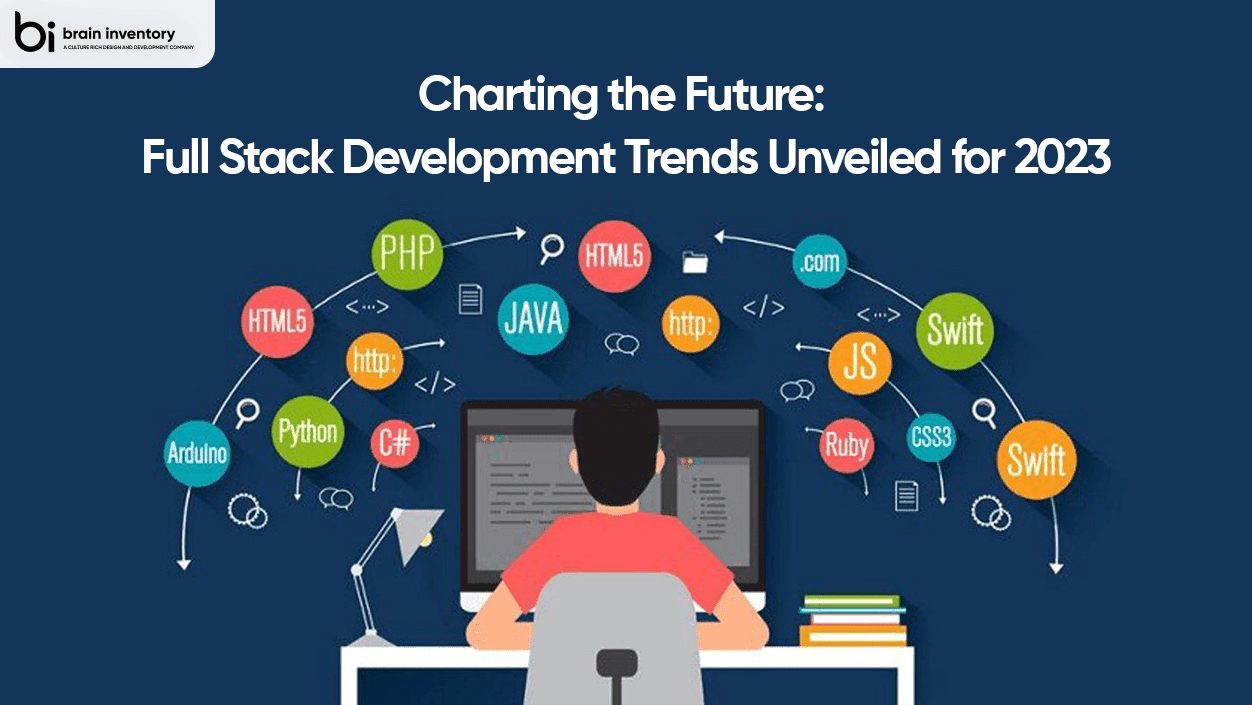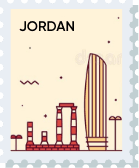Charting the Future: Full Stack Development Trends Unveiled for 2023

Quick Summary: We’re all looking forward to the future. Yet, when it comes to IT and tech, it can be hard to keep up with the latest developments in full-stack development. This is why predictions are so important. Trends help guide us toward what we might see in full-stack development in 2023. When we look at projections for what the future might hold for full-stack advances, these are some of the key trends that come through.
What is Full-Stack Development? An Overview of the Technology
In recent years, full-stack development has experienced significant growth and has become increasingly important in the tech industry. Full-stack web developers are in high demand at startups and software companies. Full-stack developers bring a unique set of skills to software companies: not only must they be talented developers who can effectively communicate with other developers, but they must also have a broad range of skills that enable them to be more versatile and efficient.
The term full-stack essentially means that a developer can build a complete solution from end to end. This requires the ability to create both front-end and back-end solutions for web applications. As more businesses move to the cloud—and begin using application programming interfaces (APIs) as their main point of interaction with customers, partners, and employees—full-stack developers are the essential team members that drive success. While full-stack development is virtually non-existent in some industries, most organizations have adopted this development model in one form or another.
Full stack development trends to watch for in 2023
Cloud Computing
It was only a few years ago when the cloud computing trend emerged. Since then, this technology has completely reshaped the way we build applications and think of infrastructure. Cloud computing has impacted every step in the tech stack — from storage to connectivity, to development — but the benefits don’t stop there. From saving time and money on IT resources to gaining greater control and visibility over your infrastructure, cloud computing is a powerful trend benefiting enterprise full-stack development and more developers than ever are riding it to success.
Microservices
The microservices architecture is becoming more prevalent thanks to the concerns that enterprises have about the limitations of monolithic (single codebase) apps. Several full-stack developers are already familiar with microservices and it is predicted that in 2023 they will become even more popular. While enterprises are often skeptical about whether to use monolithic codebases or microservice-based architectures, microservices have a lot of advantages:
Low-Code/No-Code Development
The trend towards low-code/no-code development has been driven by business goals, and more specifically, the need to drive faster and better solutions to market. Software development teams are under pressure to innovate and bring the next big thing to market before competitors can beat them to it. Low-code/no-code platforms can expedite that process by reducing the amount of time it takes developers to come up with a solution. This has opened up the door for individuals who haven’t previously had access to software development tools, such as business users, managers, analysts, product owners, and others within an enterprise.
Artificial Intelligence
There’s been lots of hype surrounding artificial intelligence (AI) as a possible replacement for more traditional software solutions. While AI is currently being used to automate many tasks such as data collection and customer service, experts agree that this technology is best suited for augmenting human decision-making when it comes to complex or highly specialized tasks. Evolutionary algorithms hold the key to AI’s acceptance among developers since they can be applied to a variety of problems and won’t need to be customized to work with an application’s existing code base.
Progressive Web Apps
In 2023, the adoption of Progressive Web Apps (PWAs) among full-stack developers is poised to surge. PWAs, which mimic native apps in terms of installation and offer a host of advantages such as offline access, push notifications, and enhanced performance, are set to become an integral part of custom web development strategies, enriching user experiences across the digital landscape.
DevOps
DevOps is a culture and methodology that allows developers to work more efficiently with the help of operations teams. While many large technology companies, like Amazon, Google, and Microsoft, have adopted DevOps in their organizational structure, other firms are still lagging behind. In the year 2023, it is anticipated that an increasing number of full-stack developers will embrace the utilization of DevOps services to improve the speed and quality of application development processes. DevOps aims to eliminate friction between teams by establishing a culture of communication and collaboration.
Blockchain
Blockchain has been a buzzword for the past few years with promises of transparency, secure transactions, and low fees. Anticipate an increasing trend in 2023, with full-stack developers integrating blockchain technology into applications, especially within sectors like finance and healthcare. The rise of blockchain is in response to the increasing need for an unchangeable record of transactions. Blockchain is a distributed ledger technology that allows for secure and transparent transactions.
Serverless Computing
Serverless computing has been gaining popularity in recent years. With the advantages of server-side and client-side cloud technologies, companies are looking for ways to improve their development processes and help them be more scalable and more cost-efficient. Serverless computing is paving the way for a new era of computing with support from almost every major cloud provider, such as Amazon Web Services (AWS), Azure, Google Cloud Platform (GCP), IBM Cloud, etc.
GraphQL
GraphQL is a query language designed and open-sourced by Facebook for building applications. It’s most commonly used to request and retrieve data from a remote server, similar to the way a database is queried. The main difference between GraphQL and other query languages like SQL is that GraphQL can be requested from a front-end implementation as well as being invoked on the backend. While currently in its infancy, we can expect to see GraphQL adoption slowly increase as developers get more experience with it.
Cybersecurity
Cybersecurity has become a top priority for many large industries, especially in the financial sector. Goldman Sachs has a huge plan to grow their cybersecurity business to $500 million by 2025. Traditional cybersecurity has been focused on protecting computer systems from outside attacks. Now, full-stack developers are getting involved in applying security concepts to all layers of an application’s stack and providing a better experience for both their users and customers.
Conclusion
Full-stack development is a constantly evolving field that requires developers to stay up-to-date with the latest trends and technologies. In my opinion, there are three key areas of focus for full-stack developers: agile development, security, and big data. There are many other areas that full-stack developers should continue to grow their expertise in such as cloud computing, microservices, low-code/no-code development, artificial intelligence, progressive web apps, DevOps, blockchain, serverless computing, GraphQL smart contracts, cybersecurity, and others.
If your organization is looking to transform its business model by building full-stack apps with the help of the latest trends and technologies such as NodeJS, AngularJS, RPA, and others. The framework offered by Brain Inventory for Full Stack App Development will help you in creating something new in a short span, at an affordable price with a high return on investment.

Have an idea?
Get in touch, we’d be
happy to hear from you
We are always looking out for new collaborations, whether you are a client who is passionate about a project or a talent who is interested in joining our team, our doors are always open.
locate us

India (HQ)
618, Shekhar Central, Palasia Square, A.B Road, Indore, Madhya Pradesh, 452001
+918109561401

United Kingdom
Brain Inventory, SBVS, 8 Roundhay Road, Leeds, UK, LS7 1AB
+18008209286

Canada
44 Main Street East Milton, ONCanada L9T 1N3
+4166696505

Jordan
185 Wasfi Al-Tal Street, Ammon Oasis Complex P.O Box 4724 Amman 11953 Jordan
+960770781000

USA
720 Seneca St Ste 107 Seattle, USA 98101
+1(206)6533419
if it's digital,we'll make it.
- Numetric - Online Accounting Software similar to QuickBooks
- Bloomia - Kegel exercise
- Virifi - Blockchain Powered Document Certification & Signing Platform
- Revolution Travel CRM - Custom CRM Built for Travel Agents
- Fatoura - Online Invoicing Platform
- My Fit Mantra - Your health partner
- Ocureel - Relation Building and video sharing Application